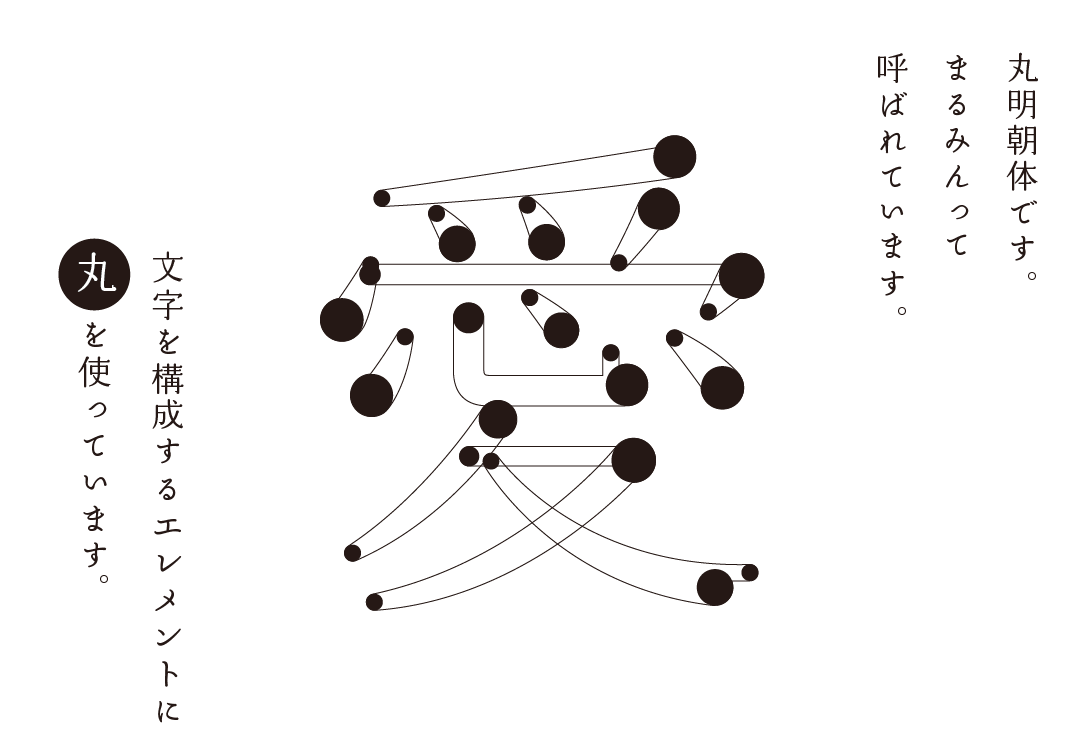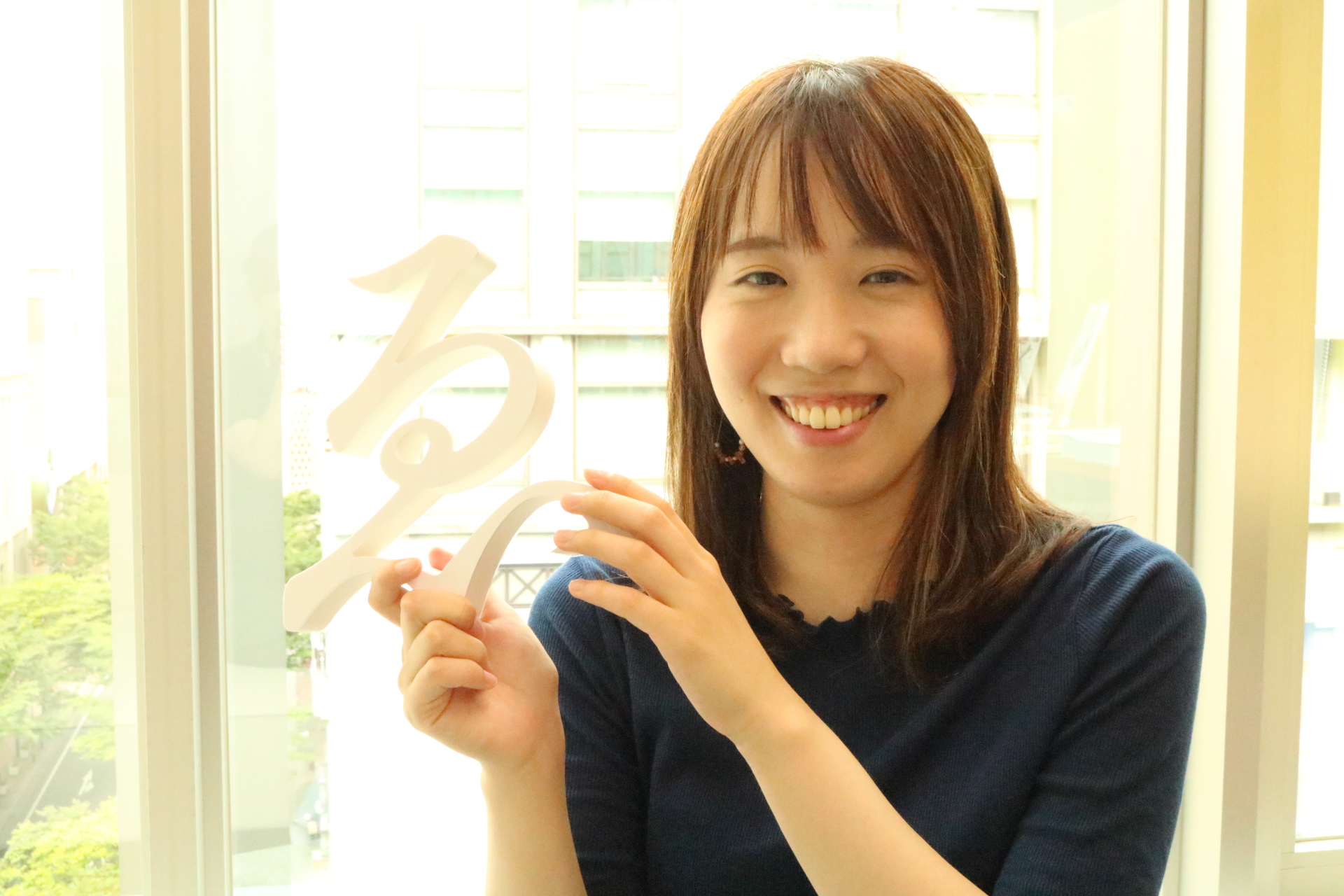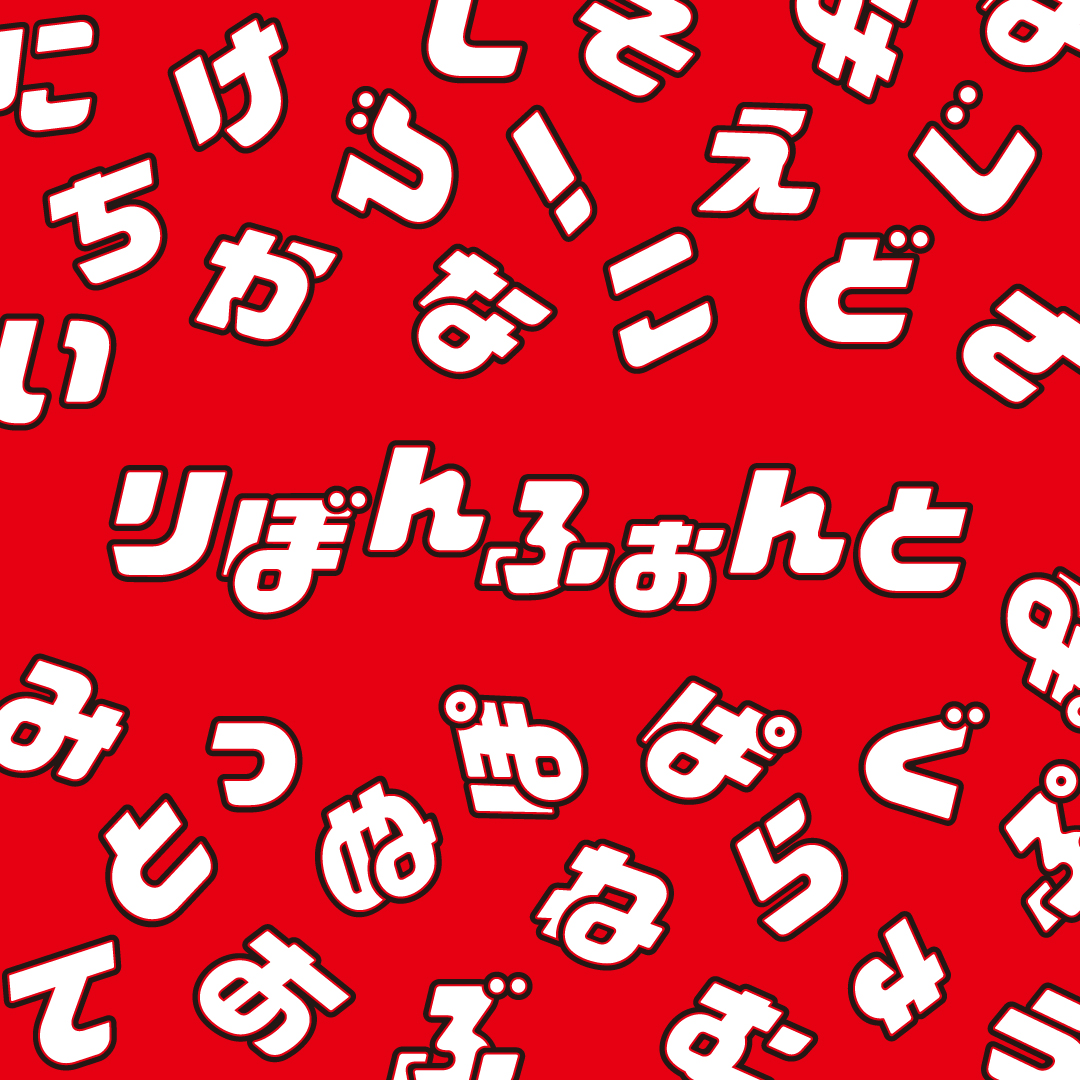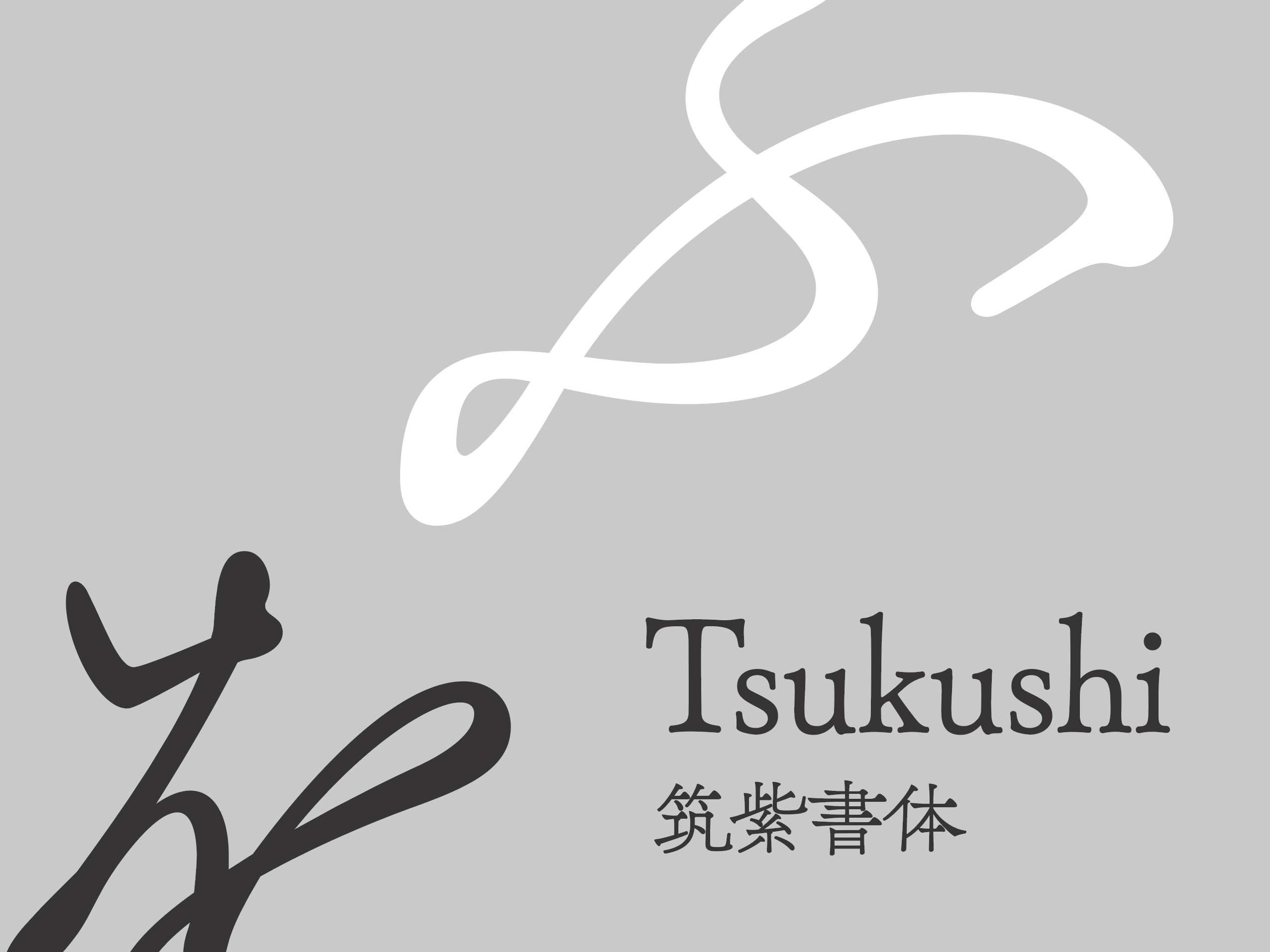Recently, we often see scenes where guide signs are written in multiple Language at airports, train stations, public facilities such as government agencies, and tourism-related and commercial facilities such as shopping malls and theme parks. In addition, at the time of appeal the service to carry out overseas Internet such as Advertisement also visual multi-Language examples that are deployed will be on a daily basis in the eye.
Now also in Japan, multi-Language typesetting using would say that has become one of the important point of view in the design.
But multi-including the English Language to the typesetting, we different from the Japanese typesetting that is in contact with everyday Language there are rules and precautions. If you do not follow these rules and precautions, the information may be misrepresented, insufficient, or confusing.
In addition, textual information is established not only with words but also with visible shapes and designs.
In other words, it is important to write sentences according to the correct Language rules, and its typography also needs to be emphasized. For those who rely only on the English part of the information displayed in the guide, the English part may affect public or commercial communication.
So, from this time, we will introduce the topics that are useful in particular if you know about typesetting in English, from the beginning part, the intermediate part and the advanced part, all three times.
In the beginner's section, we will discuss mistakes that are often written in English and how to solve them. In the intermediate level, we will give a lecture on techniques for making English sentences easier to read. And in the advanced section, I will talk about perspectives for refining English typography.
I hope you will learn more about English composition in this series.
In this first article, I will talk about "How to use words and grammar", which is one of the common mistakes in English.
Cooperation: Adobe
*The images introduced here are fictitious examples prepared to convey the example in an easy-to-understand manner.
Sometimes the meaning doesn't make sense with just those words...
Although it is written in English, there are patterns that are used as decorative elements in the design.
For example, as shown in the image below, the information board has "information" written in English, but it does not show in English what information can be obtained. It may have been used as a decoration.
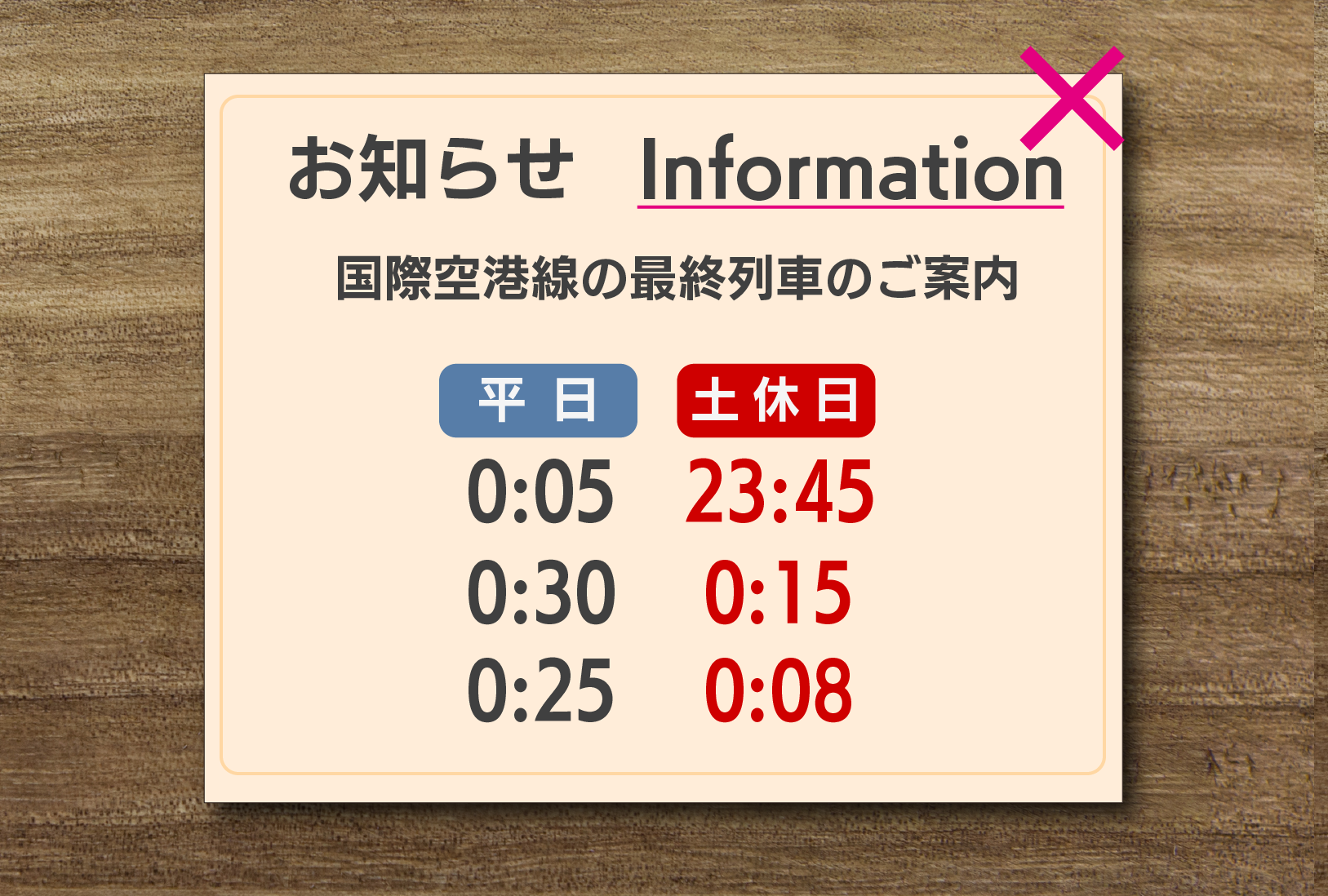
The object word has not come after Information, and the content of the Announcement is written only in Japanese.
It can be said that "information" is not intended to convey information in the first place, but to be decorated. In order to convey information, for example, it is necessary to omit the word "information" and describe as "Last trains of the day".
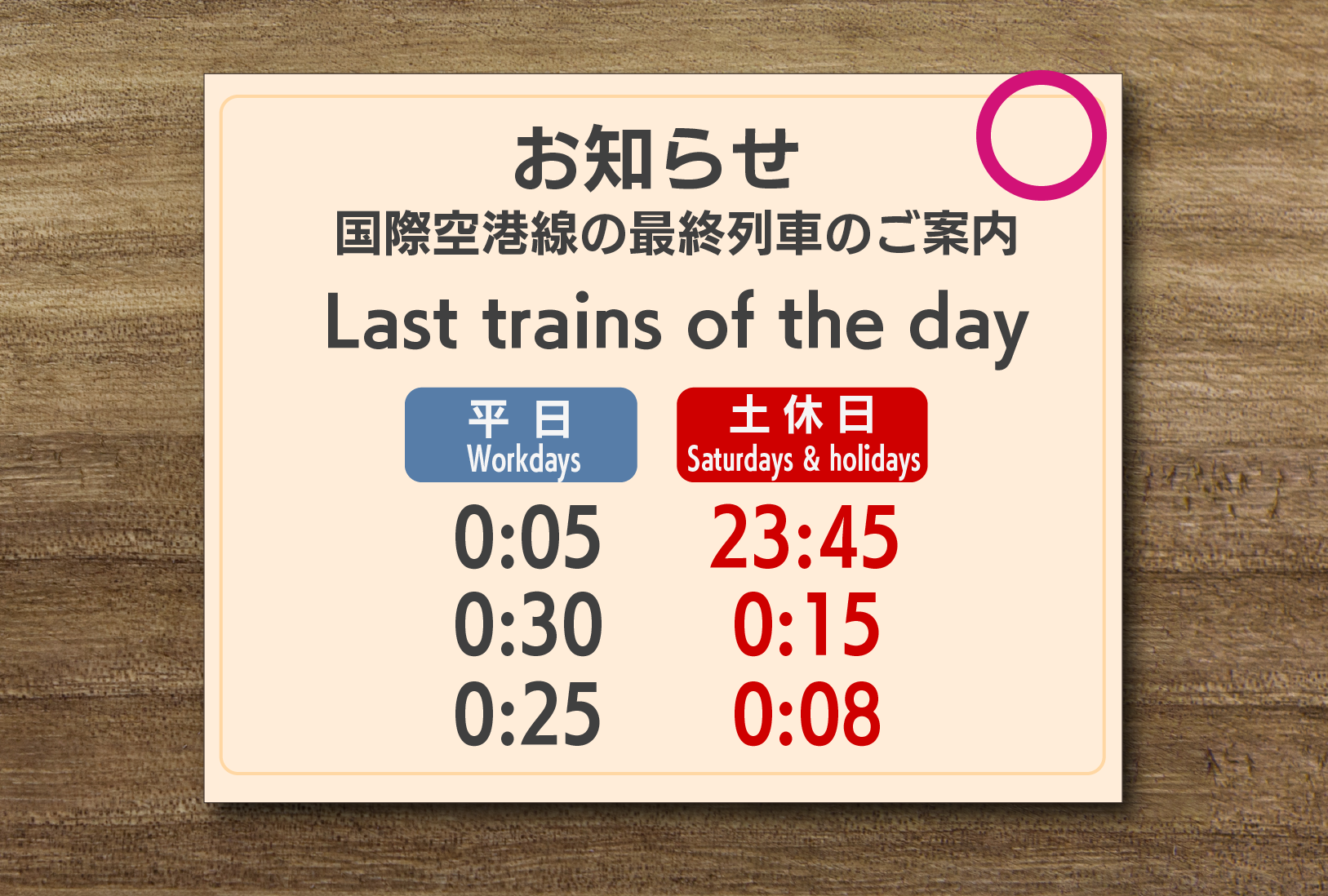
In addition, in the case of words such as "Get" and "Let's", the role itself of the word is auxiliary, so if there is no verb or object such as "what" or "what" after that word, the meaning or intention Will not be transmitted.
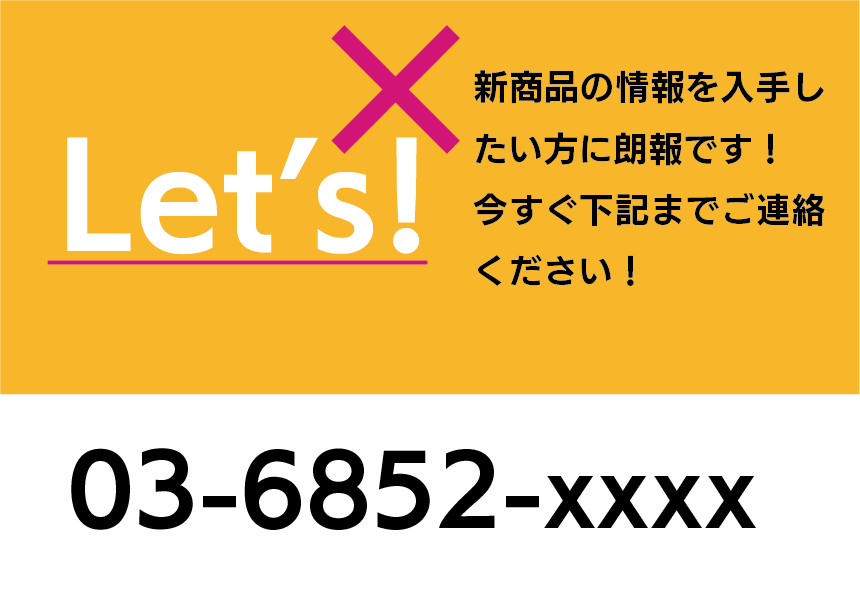
In this way, write the information so that it makes sense even if you read only the English part.

Are you using the correct grammar?
The strange English notation, represented by grammatical errors, is often a translator mistake. In fact, many foreigners are not good at spelling, so it is important for translators to choose carefully.
For example,

Is it a bicycle shop? It seems that you can actually try the bicycles lined up at the store, but you have to call by calling because there is no store clerk nearby.
The signboard says "TRY ME", but this is fine. The problem is the translated part of "Please give the staff Announcement when you try it."
Wrong: Please calling staff when you try this.
It makes sense to say "call" instead of "calling".
Tadashi: Please call staff when you try this.
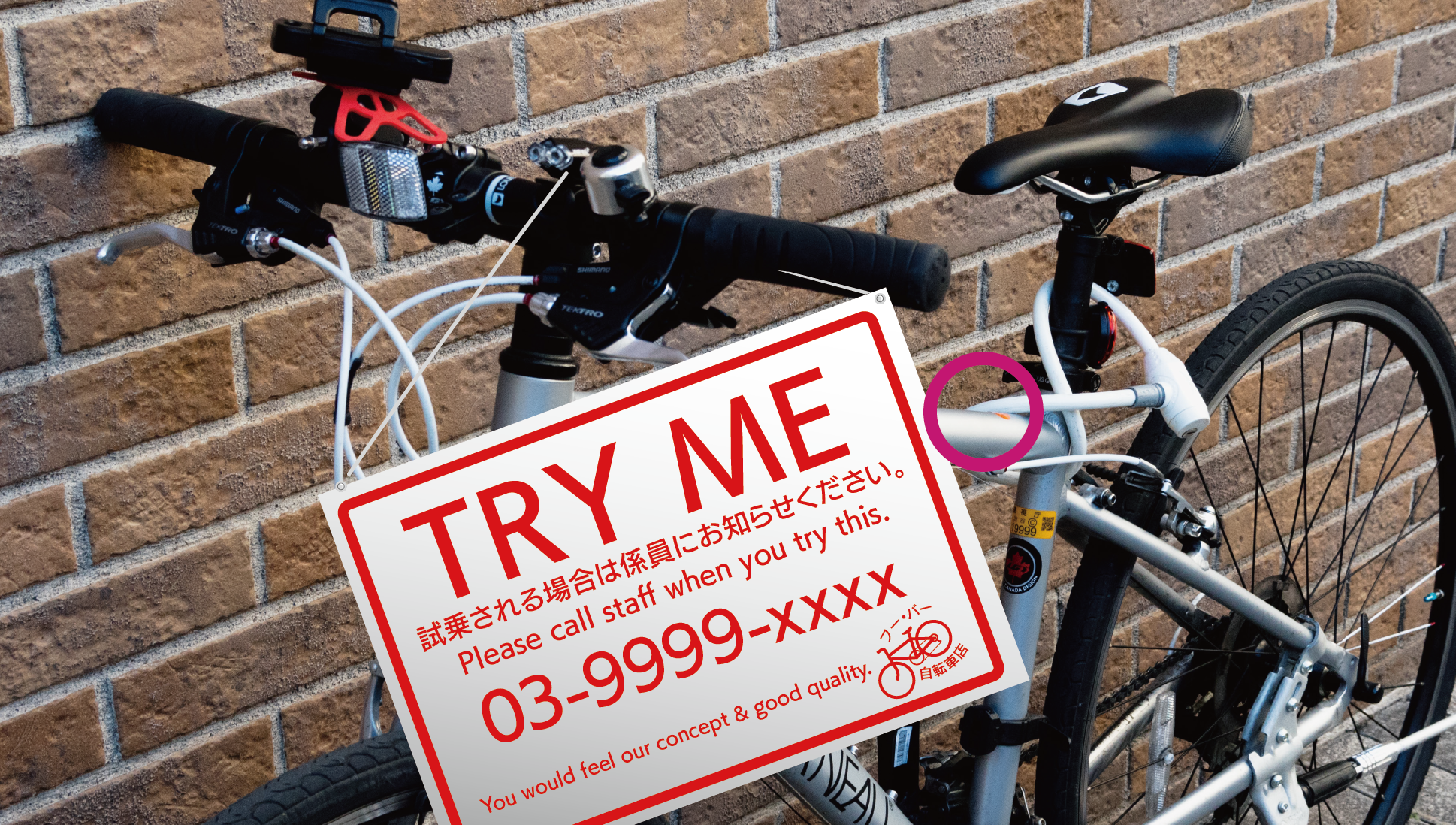
Next is the information I often see in the hotel room. The equipment notice is written in three Language, but the English part is incorrect.
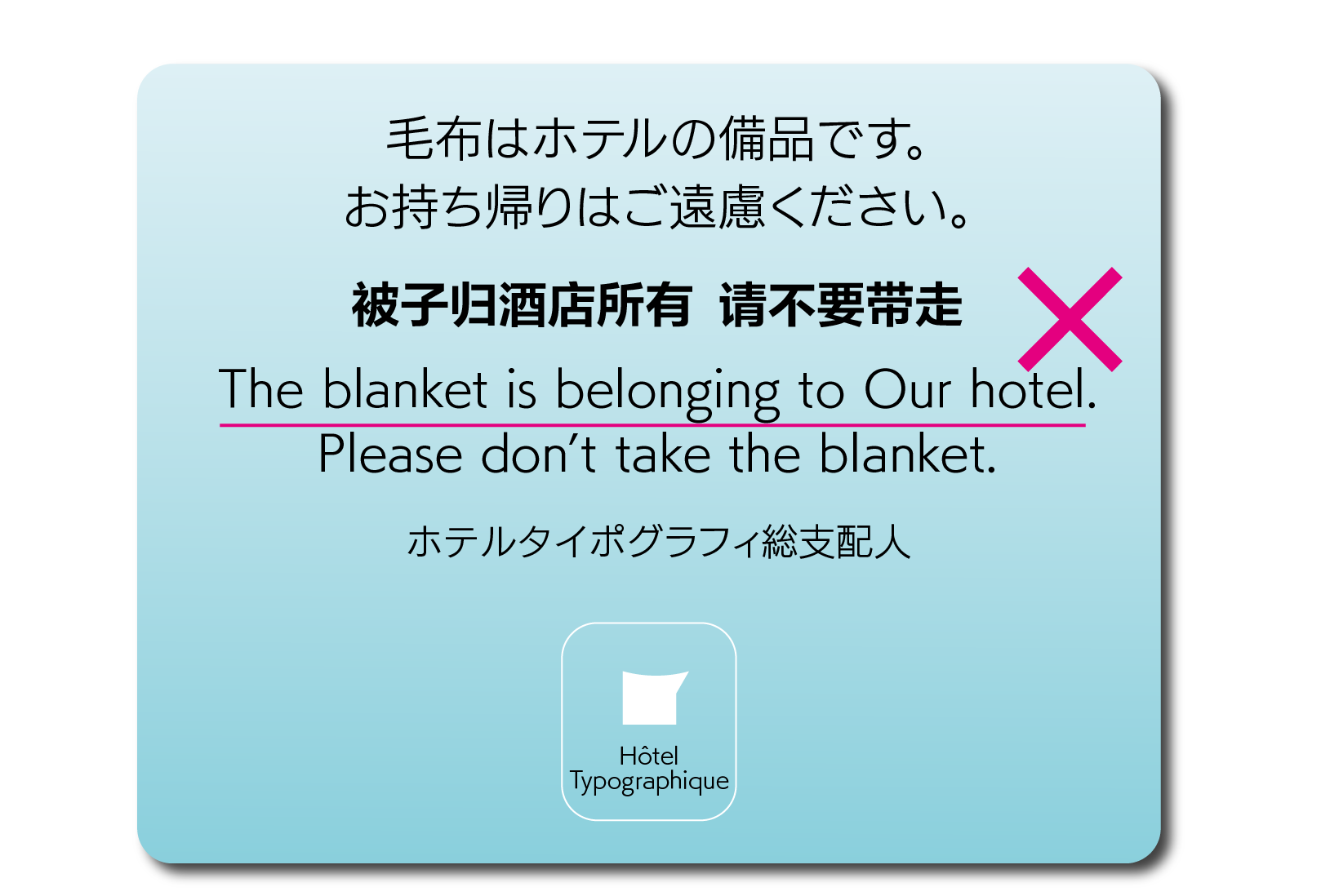
"Blankets are equipment for the hotel. Please refrain from taking them home." is translated into English, but the correct notation is "belongs to" rather than "is belonging to."
Wrong: The blanket is belonging to Our hotel.
Tadashi: The blanket belongs to our hotel.
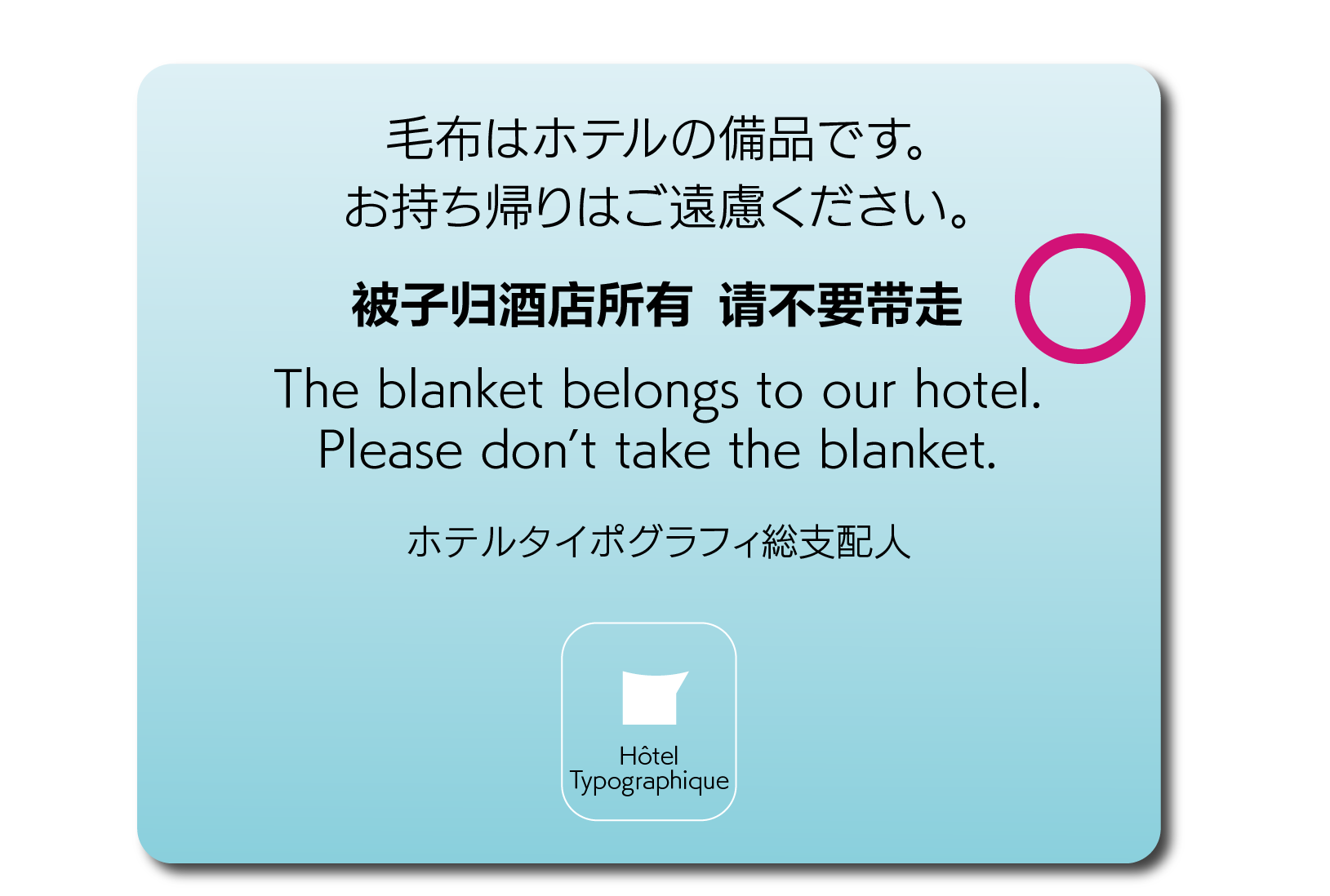
Make sure you can communicate in English only!
As in this example, behind the fact that the English notation doesn't make sense is the cause of "using words in design decorations" and "incorrect translation".
When you take out only the English part of the information board, is it possible to convey the meaning and intention firmly? And is the grammar correct? Be careful and check it.

